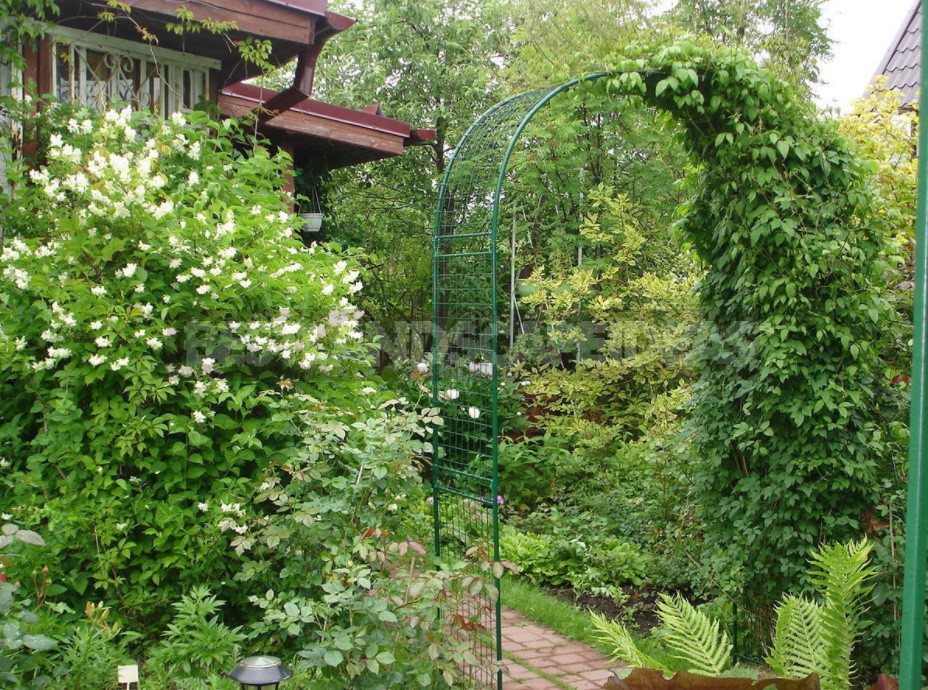
The appearance of effective microbial preparations is not yesterday’s news. For those who don’t know yet, the letters EM stand for “Effective Microorganisms”. Back in the 1980s, advances in biotechnology led to the creation of a new direction in agriculture, which allows the use of beneficial microorganisms in agriculture, including in horticultural practice. We are talking about hundreds of varieties of bacteria, yeast, fermenting fungi and other invisible helpers of man.
Despite the fact that these drugs have been known to man for quite a long time, they are quite rarely used among ordinary gardeners. It should be noted with regret that the idea of taming and using microorganisms has not yet mastered a wide range of gardeners. Someone has not heard of them at all, someone has outright skepticism, the reason for which is the fakes that have flooded the market. It is impossible to check the quality until you try it yourself and see the wonderful effect.

Features of Effective Microorganisms
The use of effective microorganisms in the garden gives amazing results! After application, the garden shines with an unprecedented brilliance, all the plants seem to be washed with “living water”, stand lush and healthy, without signs of disease. Somewhere in an incomprehensible way, the lichens disappear from the tree trunks, the earth right in front of your eyes (it’s impossible to believe, but it’s true!) it becomes almost “chernozem”, the structure of the soil is noticeably improved.
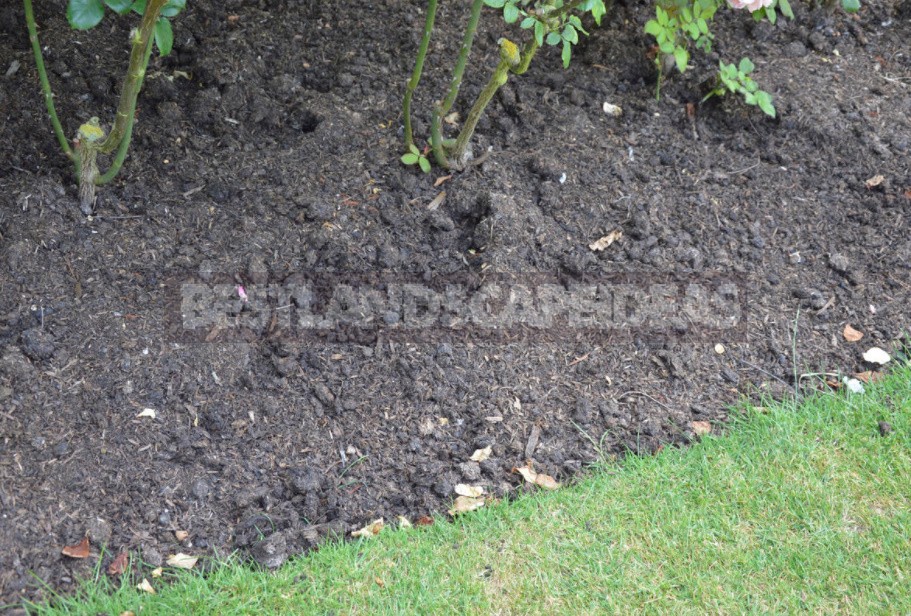
The use of such preparations is extremely effective in the preparation of compost: microorganisms literally pounce on organic matter and greedily devour it, processing it. The crunch, of course, is not heard, but the result is visible — the contents of the compost box decreases every day and turns into a fertile, well-structured compost.

The biochemical processes of decomposition of organic residues are noticeably accelerated. That is, by using microorganisms, harmful substances from the soil are converted into chemical compounds, which are then easily absorbed by plants. The use of such preparations is used to switch to the principles of organic farming. They allow you to abandon chemical fertilizers, prevent the formation of nitrates and nitrites, and also neutralize heavy metal salts.
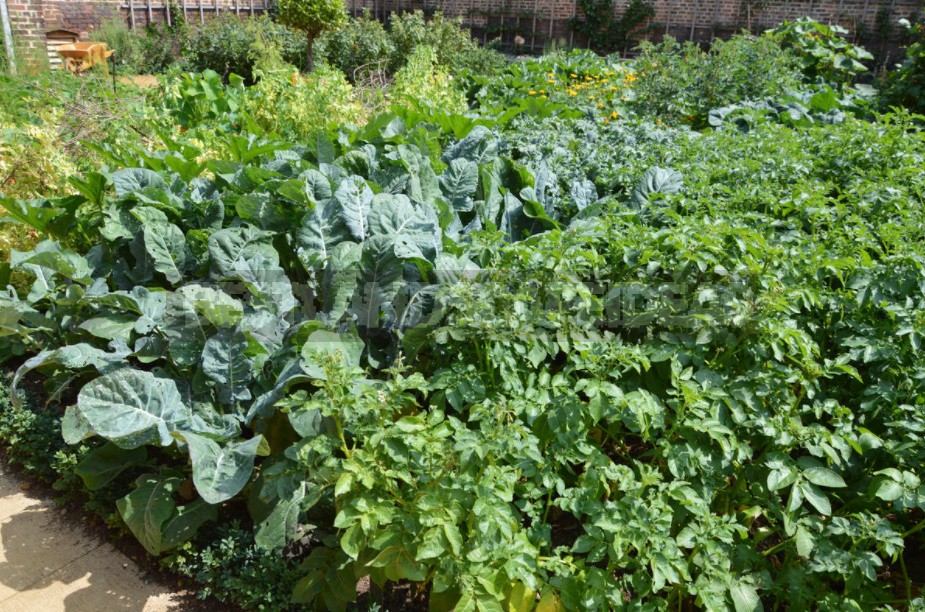
It is proved that beneficial microorganisms suppress the pathogenic microflora of the soil, protect against diseases and increase productivity. In fact, with the correct use of drugs, there is no need to fight diseases and pests by conventional methods. Various methods of breeding beneficial microorganisms in the right concentrations allow not only to increase the yield of garden crops, but also to fight pests and weeds. At the same time, note, no harmful chemicals!

How to use Effective Microorganisms?
These rules are based on the understanding that we are dealing with living organisms. Therefore, preparations with microorganisms can not be frozen, for example, left in unheated rooms until the next season.
When breeding them, it is forbidden to use chlorinated tap water (chlorine is harmful to all living things) – take only well water, rain water or water from supermarkets. It is also worth noting that it is recommended to use this only in cases where your garden plot is located away from industrial enterprises, highways and megacities.
Apply a freshly prepared solution, it can be stored for no more than 24 hours. Otherwise, the microorganisms will begin to die, and the effectiveness of the event will decrease dramatically.
Dilute the solution of microorganisms in an enameled or galvanized bucket. If large volumes are required, then dilute it strictly in a plastic (I emphasize!), and not in an iron barrel.
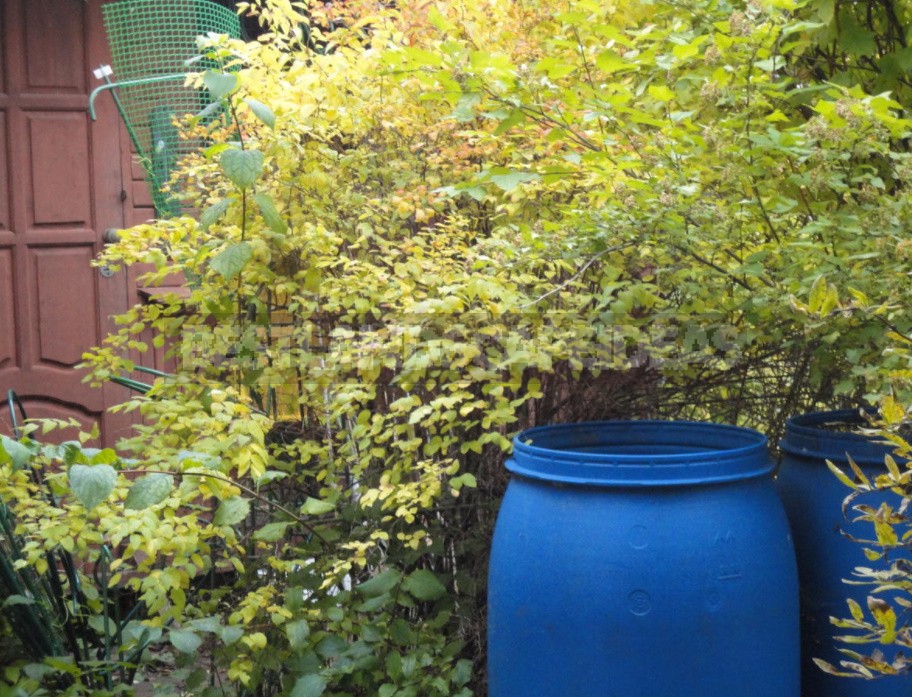
Microorganisms are initially in a dormant state, so before using them, it is necessary to wake them up: “feed” with ordinary jam. For 100 g (3.5 oz) of concentrate, 100 g (3.5 oz) of jam will be enough, and it is jam, and not ordinary sugar or honey. It is not clear how, but the jam works better, it has been tested many times.
The feeding procedure starts the mechanism of rapid reproduction of bacteria. To treat the garden with a solution of EM-preparation, you will certainly need a barrel pump, with which you will pump the “elixir of life”. Moreover, the dousing of plants should not be carried out with a jet, but with the help of a spray gun, since this gives a more uniform distribution of the liquid.
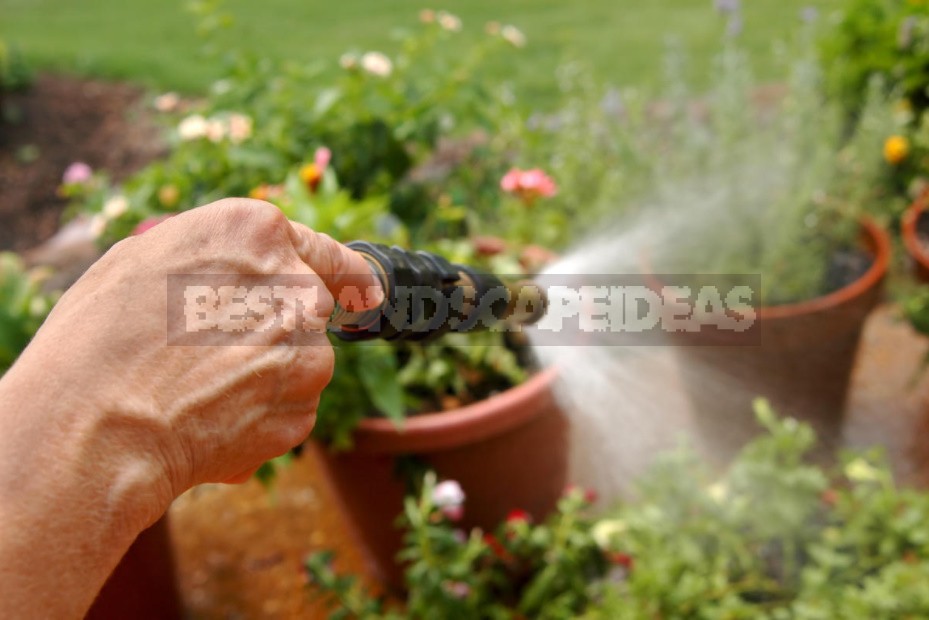
Recipes for different purposes
When using Effective Microorganisms, you should carefully observe the proportions, without relying on the “eye”. Depending on the tasks set, different solutions are used. If you exceed the concentrations, you can cause great harm to your garden instead of benefit!
Watering the Garden
For watering the garden, the solution is prepared in a concentration of 1:1000. What does this mean in practice? For a 10-liter (2.6 gal) bucket of water, you need to take only 1 tablespoon (this is important!) of concentrate, and not a gram more! For a 200-liter (52 gal) barrel, 200 ml (1 cup – 0.05 gal) of the effective microorganisms will be enough.
In the same place, pour a half-liter jar of pre-diluted jam, mix and leave for a couple of hours, give enough time for the microorganisms to multiply in a sweet nutrient medium. Next, with the help of a barrel pump, we water at the root or generously water “from head to toe” fruit trees, raspberry bushes, currants and gooseberries, flower beds where peonies, phlox, roses, daylilies grow — everything in a row. The solution will drain to the ground, which is what is required. Thus, you populate your garden with useful microorganisms.

I would like to emphasize that at the specified concentrations, this procedure is completely safe for people, animals, insects and birds. Experience has shown that for pouring a standard garden of 6 acres, two 200-liter (52.8 gal) barrels of ready-made solution are enough. Usually, 1 bottle (500 ml – 0.13 gal) of the effective microorganisms is divided into 3 parts: 200 ml goes into each barrel, and the remaining 100 ml (0.026 gal) is dissolved in a bucket in a ratio of 1:100 and sprinkled on the compost heap.
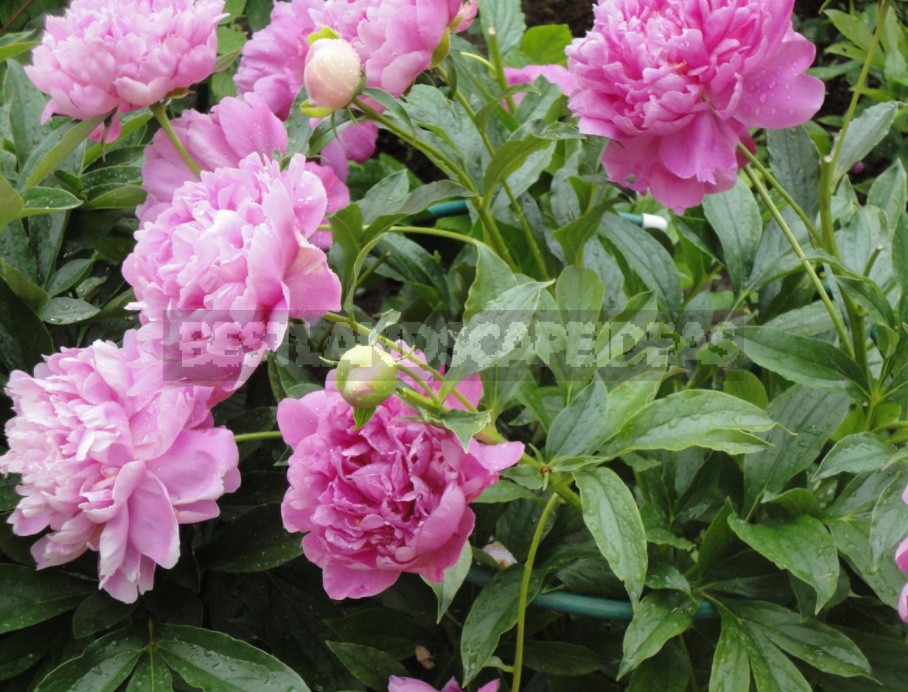
Weed Control
To control weeds, the concentration is increased by 10 times, that is, it is diluted in a ratio of 1:100 (100 ml (0.026 gal) per 10 liters (2.6 gal) of well water). The area overgrown with weed vegetation should first be shed with such a concentrated solution, then cut the roots of the weeds with a Fokine flat-cutter.
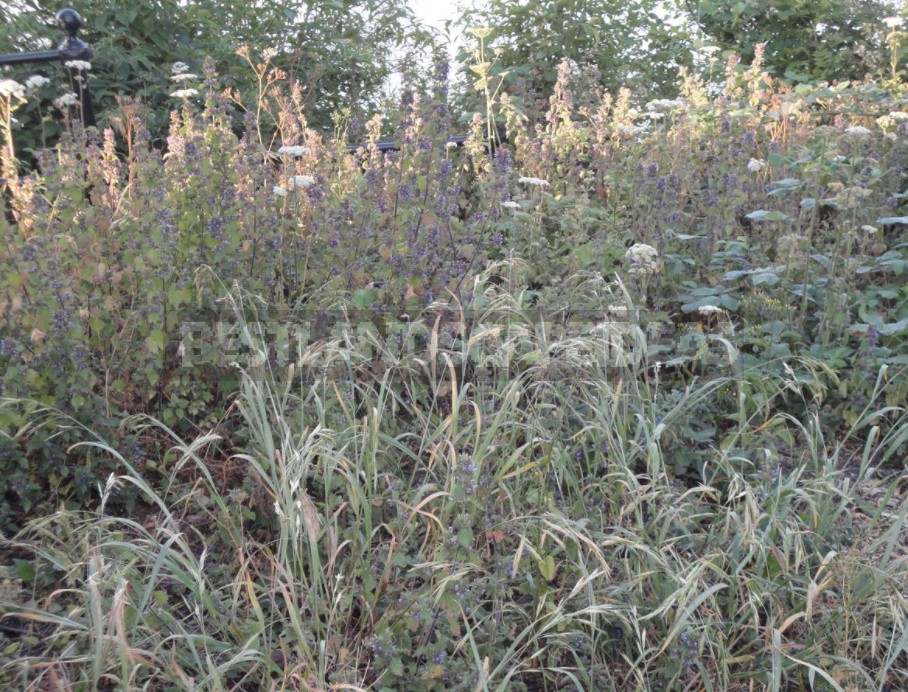
Pruned plants and their roots become the “prey” of microorganisms, quickly decompose and turn into fertile soil. You do not need to use the usual herbicides. This operation is especially effective in the winter. You can do it in the spring, but in this case, the treatment is carried out 2 weeks before sowing or planting, then the microorganisms will not pose a threat to seedlings and roots.
Speeding up composting
For compost preparation, the concentration is 1:100. A standard 500 ml (0.13 gal) bottle of the Effective Microorganisms is poured 100 ml (0.026 gal) each into five 10-liter (2.6 gal) buckets of water. You can limit yourself to a smaller amount of the finished solution, but the main thing is to observe the proportion. Add a few spoonfuls of jam to each bucket and let it stand for an hour or two. During this time, the microorganisms will wake up and begin to multiply intensively. Then we evenly spill the contents of the compost box: plant residues, mown grass, kitchen waste.
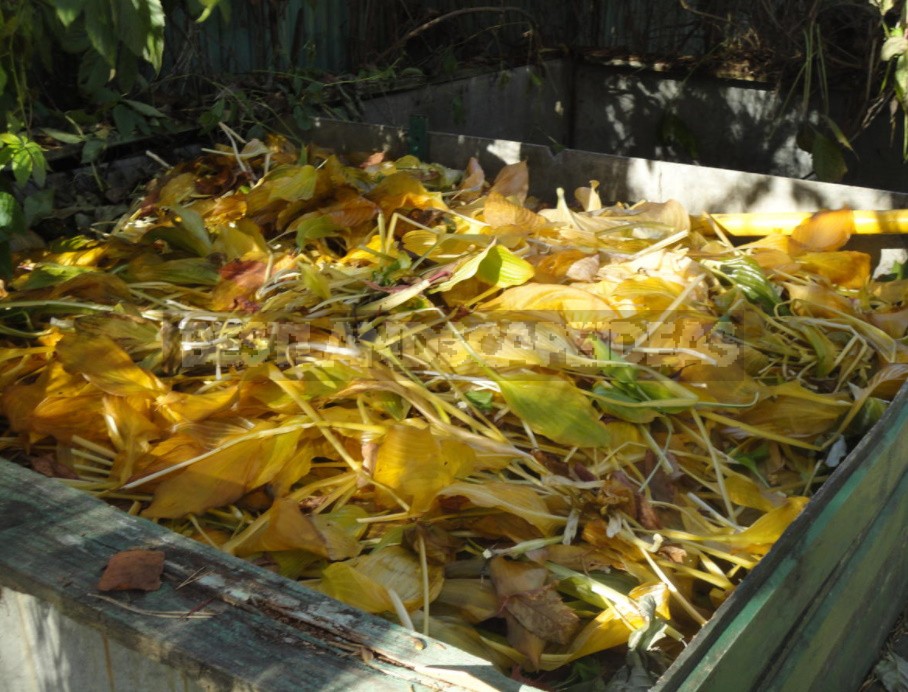
We usually pour at five points, like on a domino: in the center and at the corners. Keep in mind that Effective Microorganisms composting preparations are best used by the end of the summer season, when the fermentation processes subside and the compost cools down. In this case, the microorganisms will not die at elevated temperatures, which accompany the process of rotting organic matter.
Pest control
For pest control, there is a more complex recipe, but the solution prepared in this way can be stored for 3 months (just enough for the season), provided that it is warm and dark. So, we take a liter bottle, pour 600 ml (0.16 gal) of water there, add 100 ml (0.026 gal) of jam, table 9% vinegar or diluted 40 percent alcohol and EM-preparation. The mixture is tightly closed and left for fermentation for 1 week in a dark, warm room (+20…+25°C – 68…78.8°F). From time to time, we release the gas formed in the bottle. The solution is ready when the bubbles disappear.
Then, as necessary, we prepare a working solution from this concentrate, diluting 1 teaspoon in 10 liters of water. For large processing areas, 1 cup of concentrate will be enough for a 200-liter (52.8 gal) barrel.

It is necessary to spray from the very beginning of the growing season. It is often recommended to do this once a week. But I know from experience that it is unlikely to be possible to withstand such deadlines in a series of other urgent works (which are always not counted in the garden), so if possible, carry out this procedure at least once a month for prevention, and in the case of a mass invasion of pests, such as aphids, go to more frequent procedures until you succeed.

With the proper use of Effective Microorganisms, you will not have to deal with poisons that poison your site, and you will also be able to avoid the use of chemical fertilizers. The reward for your efforts will be a lush, healthy garden that produces an environmentally friendly crop.
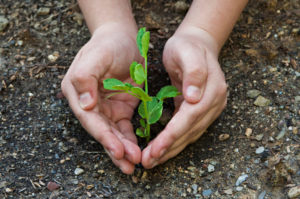


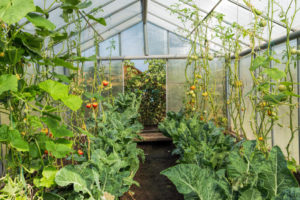
Leave a Reply